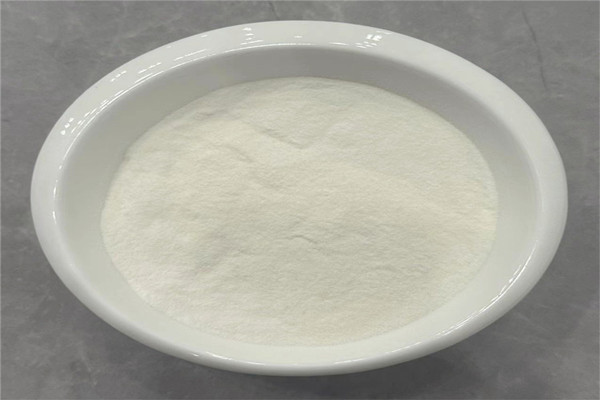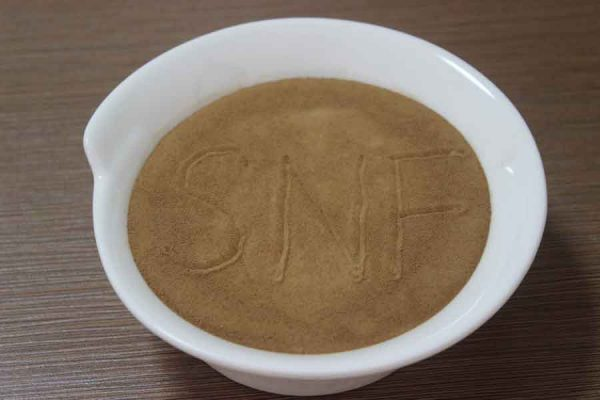Calcium lignosulfonate is a versatile additive with numerous applications across various industries, including ceramics. In the field of ceramics, calcium lignosulfonate plays a crucial role in several aspects of the manufacturing process. This article explores the functions of calcium lignosulfonate in ceramics and its significant impacts.
1. Plasticity Enhancement and Workability Improvement
One of the primary roles of calcium lignosulfonate in ceramics is to enhance plasticity and improve workability. By acting as a plasticizer, calcium lignosulfonate improves the flexibility and moldability of ceramic clay bodies. This enables easier shaping and molding of ceramic products during the forming process, leading to improved product consistency and quality.
2. Binder for Green Body Consolidation
Calcium lignosulfonate serves as a binder in ceramic formulations, aiding in the consolidation of green bodies. It helps to bind ceramic particles together, promoting particle adhesion and reducing the risk of cracking or crumbling during the drying and firing stages. This results in stronger and more durable green bodies, which are essential for the subsequent processing steps.
3. Deflocculant for Slip Preparation
In slip casting, calcium lignosulfonate acts as a deflocculant to improve the fluidity and stability of the ceramic slip. By dispersing clay particles and reducing their tendency to agglomerate, calcium lignosulfonate enables the production of high-quality slips with uniform particle distribution. This facilitates the casting process, allowing for the creation of intricate ceramic shapes with fine details.
4. Moisture Retention and Drying Control
Another important function of calcium lignosulfonate in ceramics is its ability to retain moisture and control drying rates. By forming a protective film on the surface of ceramic bodies, calcium lignosulfonate slows down moisture evaporation, preventing rapid drying and minimizing the risk of cracking or warping. This is particularly beneficial during the drying and firing stages of ceramic production, ensuring uniform drying and reducing defects in the final products.
5. Environmental Friendliness and Sustainability
Beyond its technical benefits, calcium lignosulfonate offers environmental advantages in ceramic production. As a natural byproduct of the pulp and paper industry, it is renewable and biodegradable, making it an eco-friendly alternative to synthetic additives. Its use contributes to the sustainability of ceramic manufacturing processes by reducing reliance on non-renewable resources and minimizing environmental impact.
Conclusion
In conclusion, calcium lignosulfonate plays multiple crucial roles in ceramics, including enhancing plasticity, serving as a binder, acting as a deflocculant, controlling moisture retention, and promoting environmental sustainability. Its versatile properties make it a valuable additive in ceramic formulations, contributing to the improvement of product quality, process efficiency, and environmental responsibility in the ceramics industry.



